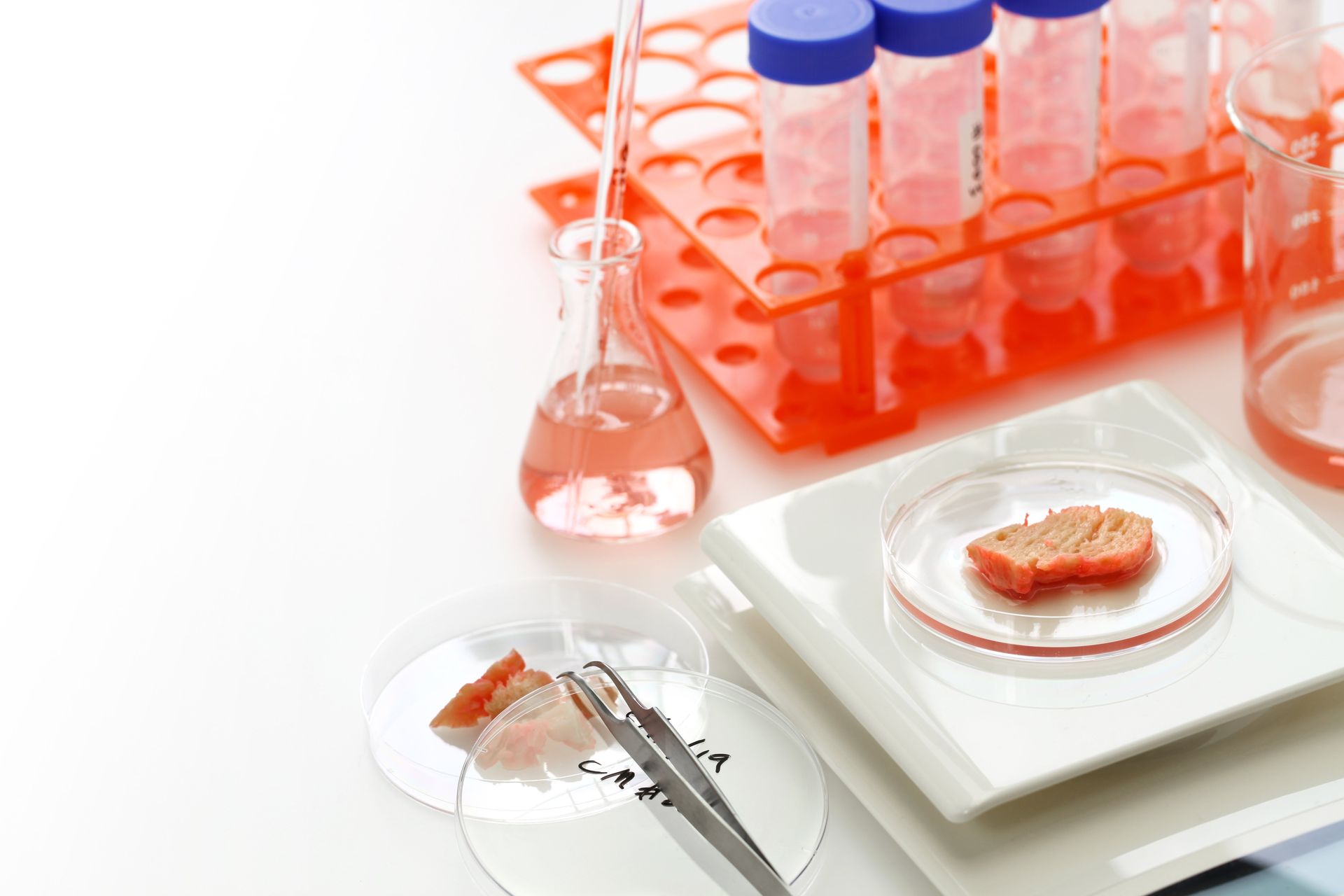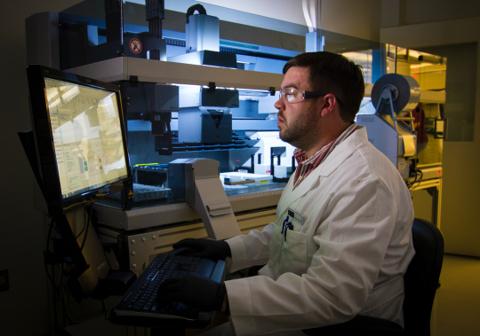
A Fundamental Technique in Biological Research
Cell Culture: A Fundamental Technique in Biological Research
Cell culture is a fundamental laboratory technique used in biology to grow cells from multicellular organisms in a controlled environment. This method allows researchers to isolate and study specific cell types outside of the organism, providing valuable insights into cellular function and behavior.
Core Components:
- Cells: The starting material can be primary cells, directly isolated from tissues, or established cell lines that can continuously divide under specific conditions.
- Growth Medium: This specialized liquid provides essential nutrients, growth factors, and buffers that mimic the natural cellular environment and promote cell growth. Supplements like fetal bovine serum are commonly used, but alternatives are being explored for ethical reasons.
- Culture Vessel: Researchers use various containers depending on the experiment, such as Petri dishes, flasks, or multi-well plates. All vessels are housed in a sterile incubator with controlled temperature, carbon dioxide levels, and humidity to maintain optimal cell growth.

Maintaining a Healthy Culture:
- Aseptic Technique: To prevent contamination by microorganisms, researchers follow strict procedures to maintain a sterile environment throughout the culturing process.
- Subculturing: Regularly transferring cells to a new container with fresh medium is essential to prevent overcrowding and ensure optimal growth conditions.
Applications of Cell Culture:
Cell culture underpins a wide range of scientific research areas, including:
- Understanding Cellular Physiology: By studying isolated cells, researchers can investigate fundamental cellular processes such as metabolism, signal transduction, and cell cycle control.
- Drug Discovery and Development: Cultured cells are a valuable tool for screening potential drugs and assessing their effects on cell viability, function, and toxicity.
- Disease Modeling: Cells derived from diseased tissues can be used to model human diseases, aiding in the development of new therapies.
- Tissue Engineering: Cultured cells play a crucial role in creating functional tissues for transplantation and regenerative medicine applications.
When working with established cell lines like those offered in ReadyCells® kits, maintaining optimal growth conditions is vital. These kits often come with specialized media formulations, such as Mix Refeed Medium (ReadyCells) from Maxanim. This medium provides essential nutrients and factors specifically tailored to the needs of the cell line within the kit. Using a compatible refeed medium like Mix Refeed Medium (ReadyCells) in conjunction with aseptic technique and regular subculturing is essential for ensuring the continued health and function of your cultured cells throughout your experiments.
Conclusion:
Cell culture is a cornerstone of biological research, enabling scientists to study cells in a controlled setting. From basic cell processes to drug discovery and disease modeling, this technique continues to revolutionize our understanding of life at the cellular level.

Impact on specific fields
- Drug Discovery: Development of high-throughput screening using cell cultures revolutionizes drug discovery workflows.
- Gene Editing: CRISPR-Cas9 technology allows precise editing of genes in cultured cells, accelerating research into gene function and disease models.
- Personalized Medicine: Cultured cells from individual patients enable development of personalized medicine approaches.

Types of cell culture
- 2D vs. 3D Culture: Most commonly, cells are grown on flat surfaces (2D), but 3D cultures are gaining popularity as they better mimic the natural cellular environment.
- Primary vs. Established Cell Lines: Primary cells are directly isolated from tissues and have a limited lifespan, while established cell lines can divide indefinitely under specific conditions.